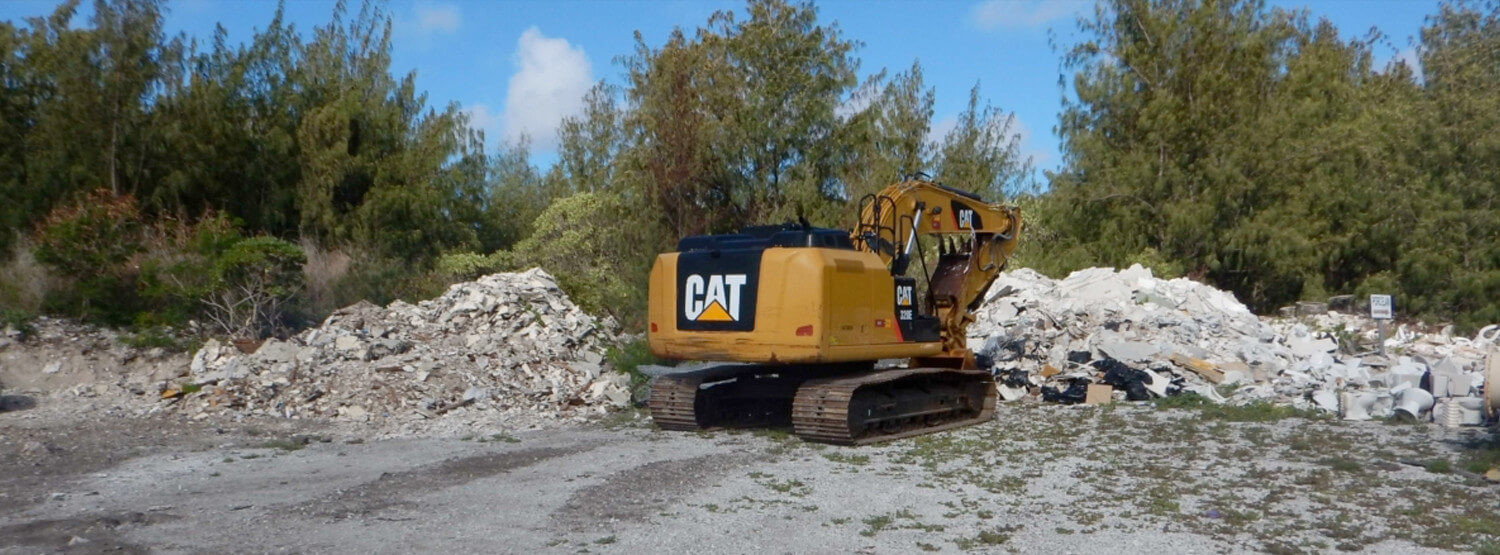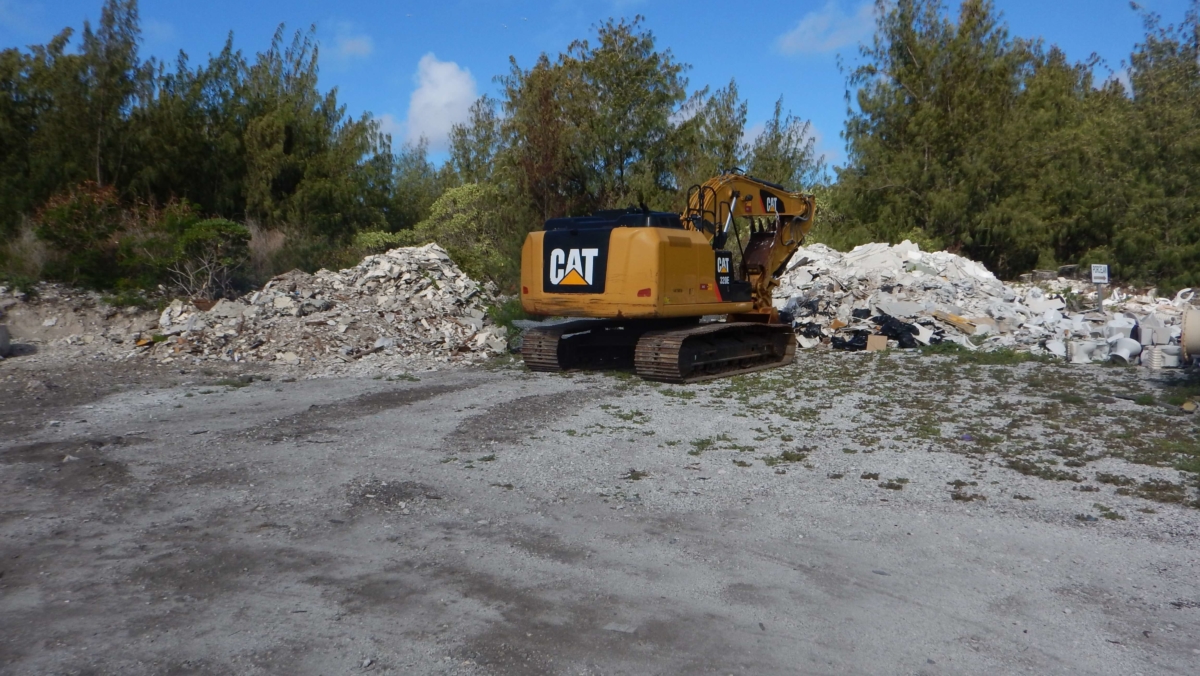Client: US Air Force
Location: Wake Island
Scope of Work:
- Solid waste removal
- Complex logistics
Wake Island is one of the most isolated islands in the world, located in the western Pacific Ocean, 1,501 miles east of Guam, 2,298 miles west of Honolulu, and 1,991 miles southeast of Tokyo. It is used primarily as a mid-Pacific refueling stop for U.S. military aircraft and as an emergency landing area. The island also hosts a Launch Center operated by the U.S. Army Space and Missile Defense Command and the Missile Defense Agency.
In 2014, USACE and Air Force 611th conducted an inventory of a Solid Waste Accumulation Area (SWAA) in the Wake Island Atoll (WIA) that held approximately 3,000 tons of waste. The inventory also estimated another 4,000 tons of legacy waste and recyclables around the island, much of which was entangled within vegetation. The waste consisted of metals, tires, porcelain, building materials and vehicles that had accumulated since the 1940s. Brice performed the cleanup and removal of this solid waste over three field seasons. The project goals were to reduce environmental impacts on Wake Island, eliminate uncontrolled dump sites and the improper disposal of hazardous and nonhazardous waste, and remove a source of harborage for the island’s rat population.
Brice mobilized heavy equipment and supplies via barge. Once on island, we collected the waste, cleaned it of soil and vegetation by shaking and spraying it with water. We then sorted the waste into piles or containers depending on its type, which was later transported to the marina for loading. It took approximately 10 days to load the barge, a process which was inspected daily by the barge crew to ensure load integrity. The final loadout was approved by the barge captain to ensure safety of the boat and the crew while traveling first to Hawaii, and ultimately, the mainland for proper disposal and recycling. All waste was managed in compliance with local and federal regulations and the Wake Island Spill Prevention, Control, and Countermeasure Plan. Brice then re-graded the surface of disturbed areas, as necessary, to eliminate any hazards from the waste removal.
Performance Highlights
- Received “Very Good” CPAR ratings for Quality, Schedule, Management and Regulatory Compliance


